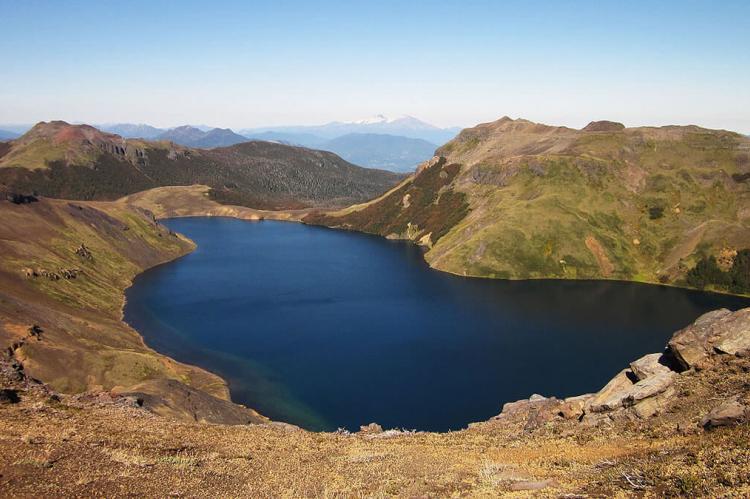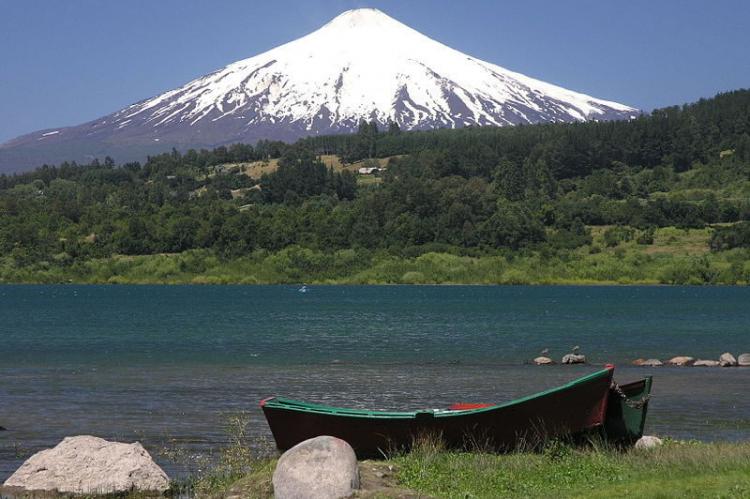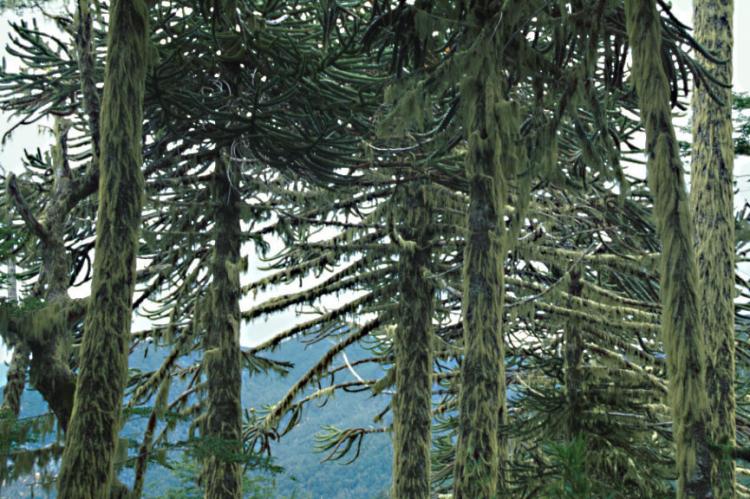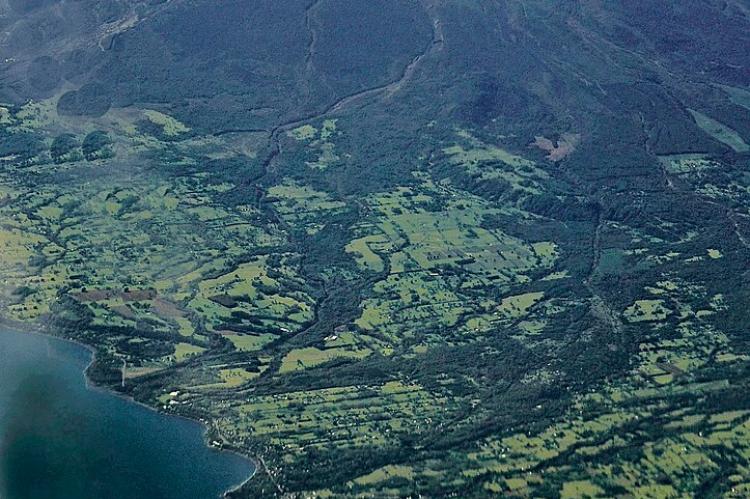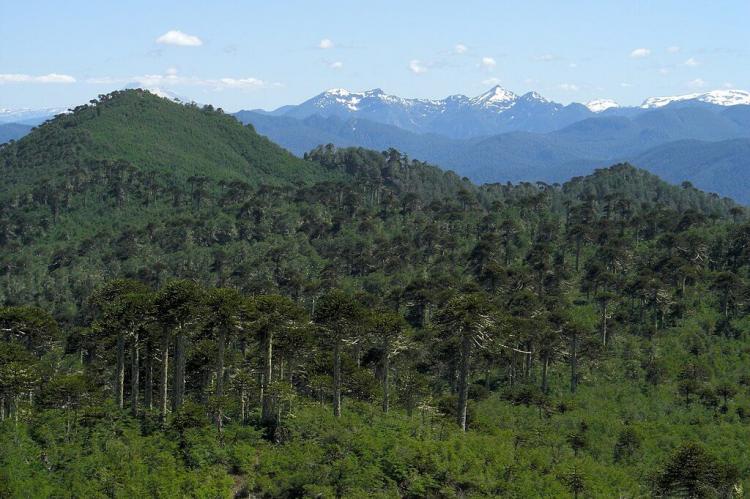Villarrica National Park (Chile)
Villarrica National Park is in the Chilean Andes, in Chile's La Araucanía and Los Ríos regions. The National Park protects the Valdivian temperate rainforest habitat. A popular hiking destination, highlights are the volcanoes: Villarrica, Quetrupillán, and Lanín.
Villarrica National Park
Villarrica National Park is located in the Chilean Andes, within the La Araucanía and Los Ríos regions of Chile, near Pucón. Situated on a lateral arm of the Andes range, the Park is characterized by its volcanoes, forests, caves, rivers, and lagoons.
Established in 1940, the National Park covers approximately 63,000 ha (155,600 acres). Tolten River and Valdivia River both run through the park boundaries. Villarica National Park is part of the Bosques Templados Lluviosos de los Andes Australes Biosphere Reserve.
The Park is officially divided into three sections:
-
Rucapillán
-
Quetrupillán
-
Puesco
The highlights of the National Park are the three volcanoes: Villarrica, Quetrupillán, and Lanín. Other mountains in the Park include Quinquilil Volcano (2,050 m (6,726 ft)), also known as Colmillo del Diablo, and Cerro Las Peinetas, which lies on the border between Argentina and Chile.
Elevations within the park range from 600 m (1,969 ft) to 3,776 m (12,388 ft), which occurs at Lanín Volcano, part of the neighboring Lanín National Park in Argentina.
Villarica National Park protects the Valdivian temperate rainforest habitat. Roble (Nothofagus obliqua) and Raulí (Nothofagus alpina) trees are found at lower elevations. Coihues occur in the wettest areas. At higher elevations, forests are dominated by the Araucarias (Araucaria araucana).
Mixed Araucaria and Nothofagus woodlands cover the slopes at lower elevations, up to about 1,500 m (4,900 ft). The Araucaria reaches its southernmost point at Volcán Quetrupillán. The mañío (podocarpus), an ornamental in the Northern Hemisphere, can also be found. Native bunch grasses have colonized some volcanic areas.
These forest zones are home to a variety of fauna, with species such as:
- monitos del monte (a rare, tiny opossum)
- pumas
- chillas (South American grey fox)
- culpeos (Andean red fox)
- pudúes (South American deer, the world's smallest)
- Lesser grison (species of mustelid or weasel)
- coypu (semiaquatic rodent)
- peuco (Harris's hawk)
- Molina's long-nosed skunks
- mountain monkeys (one of the three marsupials species in Chile)
Summertime temperatures range from a minimum of about 9° C (48 °F) to a maximum of around 23 °C (73 °F), while wintertime lows average 4 °C (39 °F).
Most precipitation falls between March and August when Pacific storms can drop up to 2 m (6.5 ft) of snow. Rain can fail at any time. The Park receives yearly rainfall of about 2,500 - 3,500 mm (100 - 140 in).
Hiking trails within the Park include:
- Los Cráteres viewpoint: 4 km, 2.5 hrs round trip
- The Chilean Path Challupen – Chinay stretch: 23 km, 12 hrs
- Turbio River: 4 km, 4 hrs. round trip
- Villarrica crater: 5 km, 6 hrs
- The Chilean Path, Los Venados stretch: 15 km, 10 hrs
- Los Nevados: 8 km, 5 hrs
- Pichillancahue: 3.3 km, 2.5 hrs. round trip
- El Mocho stream: 4 km, 2 hrs round trip
- Colonia Benavides: 4 km, 2.5 hrs round trip
- The Chilean Path, Las Avutardas stretch: 17 km, 12 hrs
- Momolluco: 12.5 km, 6 hrs
- Quinquilil volcano: 6 km, 2.5 hrs
- Rinconada de Huillico: 10 km, 6 hrs
- Andean Lakes: 12 km, 6 hrs
- Fauna Trail: 150 m, 30 min
- El Aguilucho: 4 km, 8 hrs
- Villarrica journey: 6 km, 4 hrs
